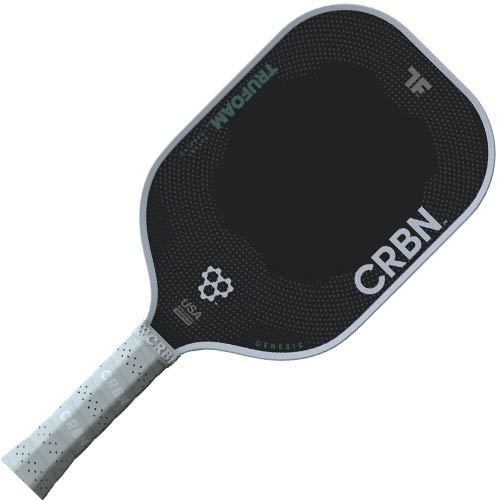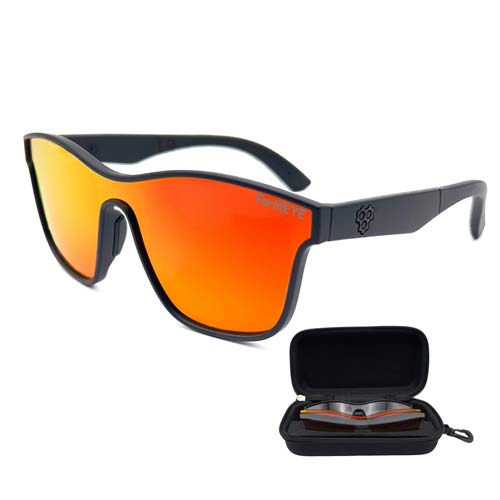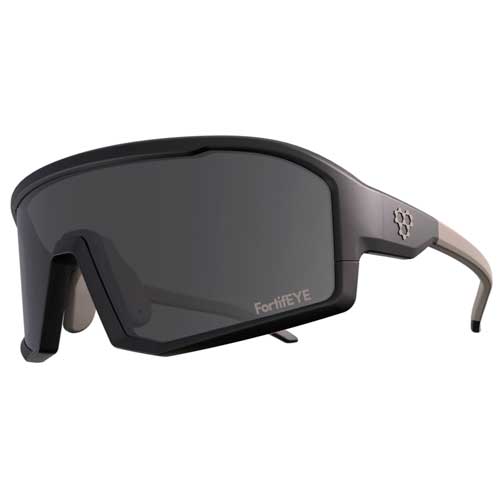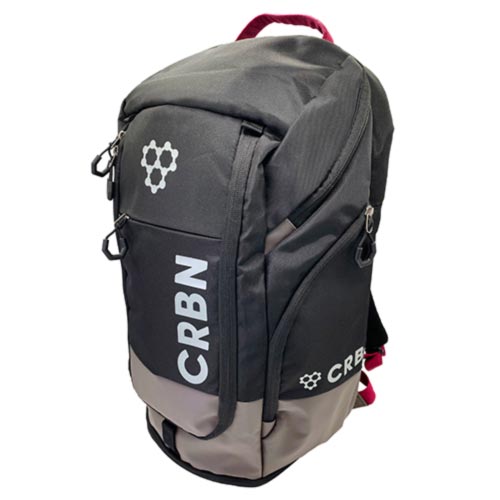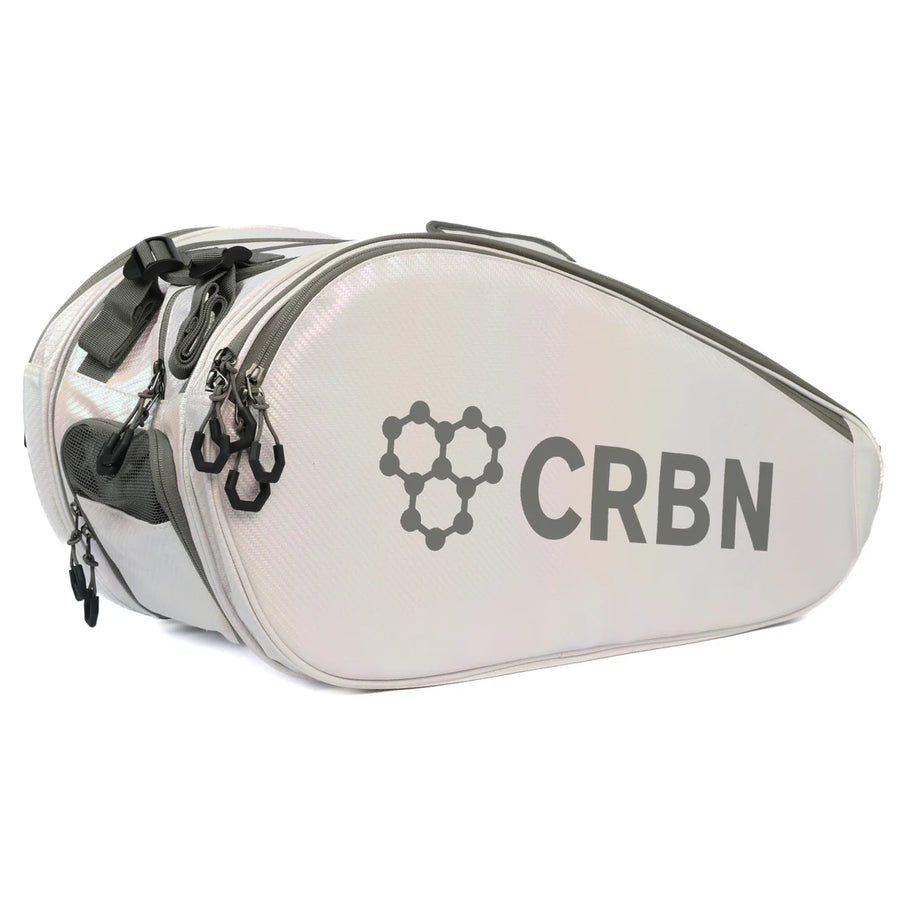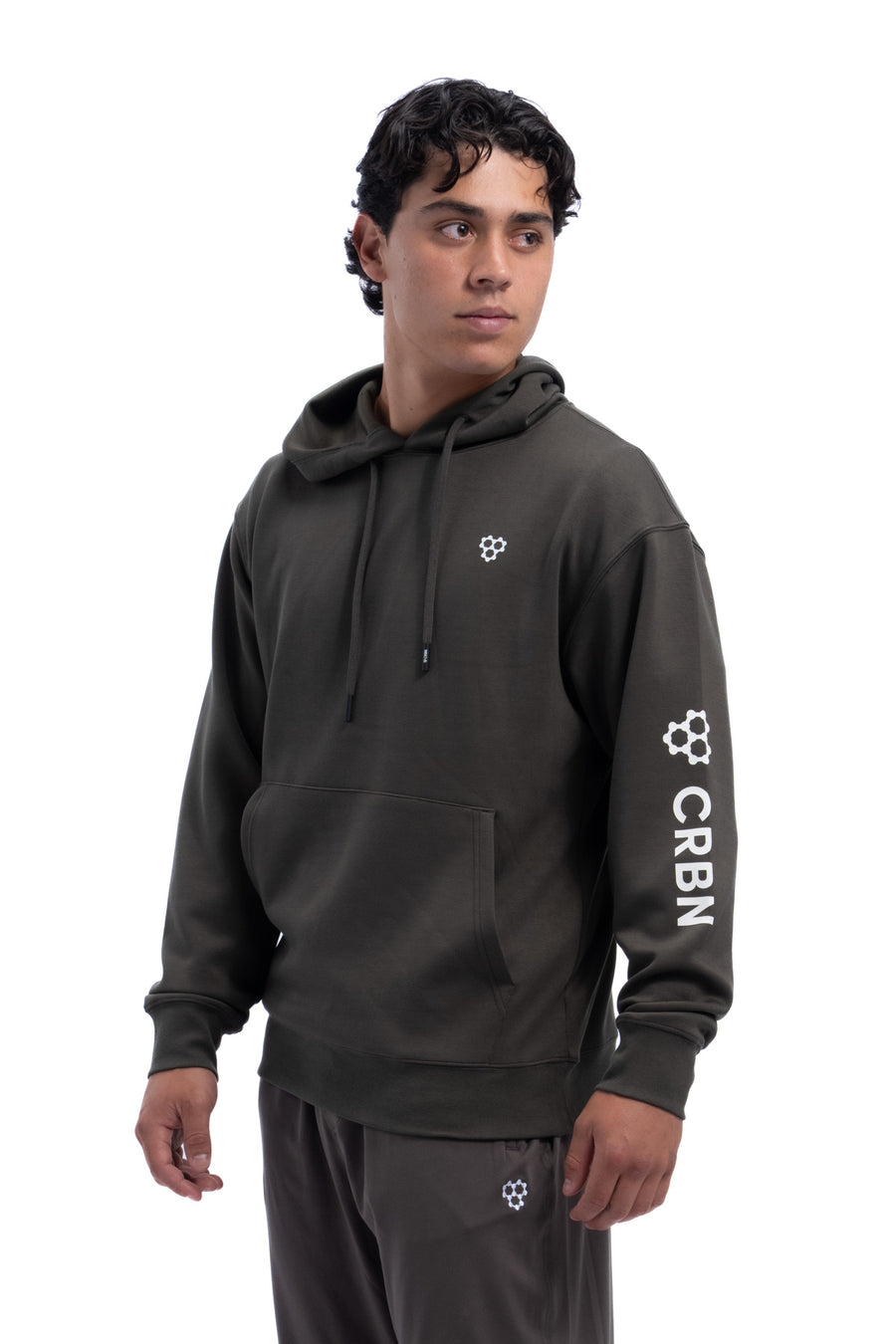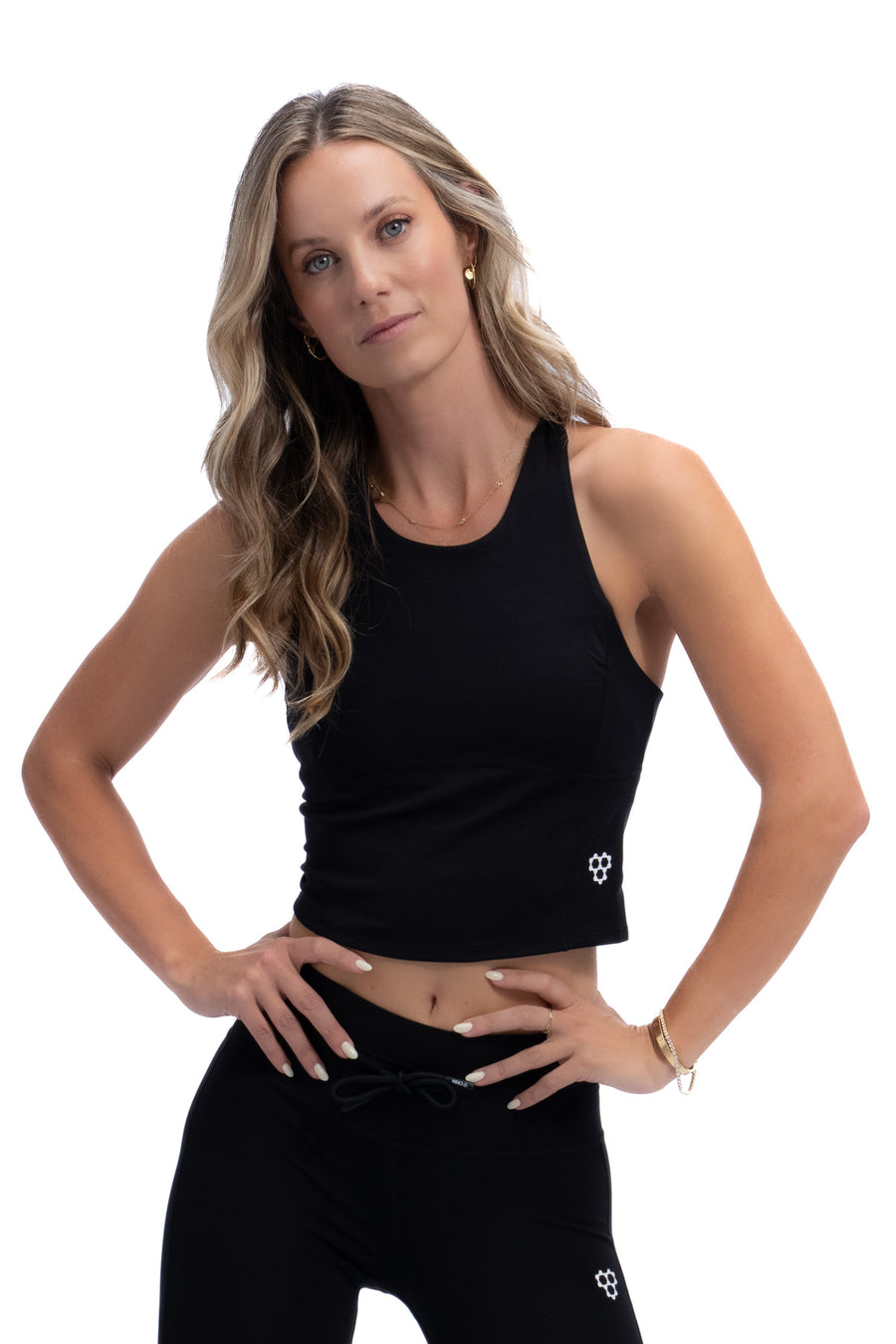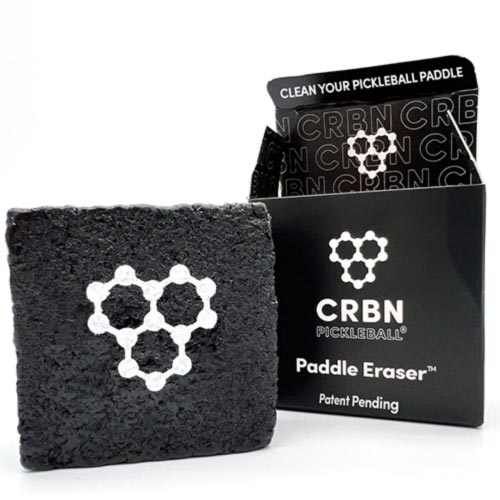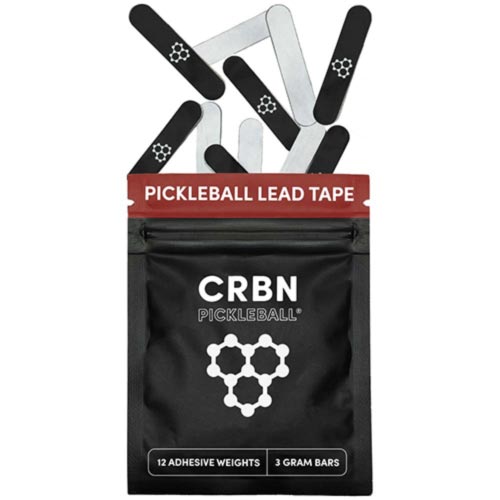What Pickleball Players Really Need to Know About Paddles
You’re leveling up your game. You’re drilling, playing smarter, and chasing every edge. So naturally, you're asking: Should I upgrade my paddle? And what even is a Gen 3 or Gen 4 paddle?
In this episode of Pickleball Cheat Code, coach Brodie Smith sits down with trusted paddle reviewer Chris Olson to talk about everything paddle tech—from what matters most to what’s just noise. If you’ve ever felt overwhelmed by options, this one’s for you.
Paddle Tech Has Evolved—Big Time
If you’ve been playing for a few years, you’ve felt the shift. Pickleball paddles have come a long way in a short time. Materials are more advanced. Builds are more consistent. Performance is dialed in.
And while new paddle generations keep coming, Chris points out that it’s less about the number on the label and more about what works for your game.
What Do Gen 1, Gen 2, Gen 3, and Gen 4 Actually Mean?
Here’s a simplified breakdown:
-
Gen 1: Traditional build—polymer core with a carbon or fiberglass face, glued together.
-
Gen 2: Thermoformed paddles—fused under heat and pressure for better durability and power.
-
Gen 3: Similar to Gen 2, but adds strategic foam to the edges or handle for a larger sweet spot and improved feel.
-
Gen 4: Full foam core paddles—designed for max stability, pop, and consistent performance across the face.
“It’s kind of turned into marketing buzz,” Chris admits. “But that doesn’t mean the tech behind them isn’t real. It just means players should understand what they’re buying.”
The key is matching paddle performance to your play style.
Newer Paddles vs. Softer Paddles: Which One Do You Need?
Newer paddles tend to be more powerful—more pop off the face, more spin, more drive potential. But that doesn’t mean every player should chase max speed.
If you’re a control-first player or still dialing in your resets, you might prefer a paddle with a softer feel and longer dwell time. And yes, that could still be a Gen 3 or Gen 4 paddle—if it’s designed to balance touch and power.
“Some of the older ones play a lot softer, which could be easier for dinking,” Brodie notes.
At CRBN, we offer a range of paddles, including thermoformed and full-foam-core options. Regardless of brand, you want to find a paddle that elevates your specific game, not just someone else’s.
What About Lead Tape, Grips, and Paddle Customization?
They matter—if you know what you’re doing.
-
Lead tape helps adjust swing weight, balance, and stability.
-
Overgrips change how a paddle feels in your hand and how it responds to sweat or weather.
-
Even slight changes in edge guard weight or handle feel can shift how a paddle performs in competitive play.
“Technique is number one,” Chris says, encouraging people to focus on drilling first. “And then you can enhance the drilling you've been doing and the skills you've developed.” The lesson? Be intentional. Make changes based on how you play—not what’s trending.
Final Word: The Best Paddle Is the One That Helps You Win
Don’t get caught up chasing labels. Whether it’s Gen 2, Gen 4, or something in between, what matters most is how a paddle fits your hand, your goals, and your game style.
So when you’re ready to make the jump—ask yourself:
-
Am I looking for more power or more control?
-
What’s holding me back right now: resets, drives, consistency?
-
Do I need more spin, stability, or forgiveness?
Then explore. At CRBN, we design paddles that cater to elite performance—but with options for every level and play style. Because we believe your gear should grow with you.
Catch the full conversation with Chris Olson on Spotify or Apple Podcasts to hear even more insights.

